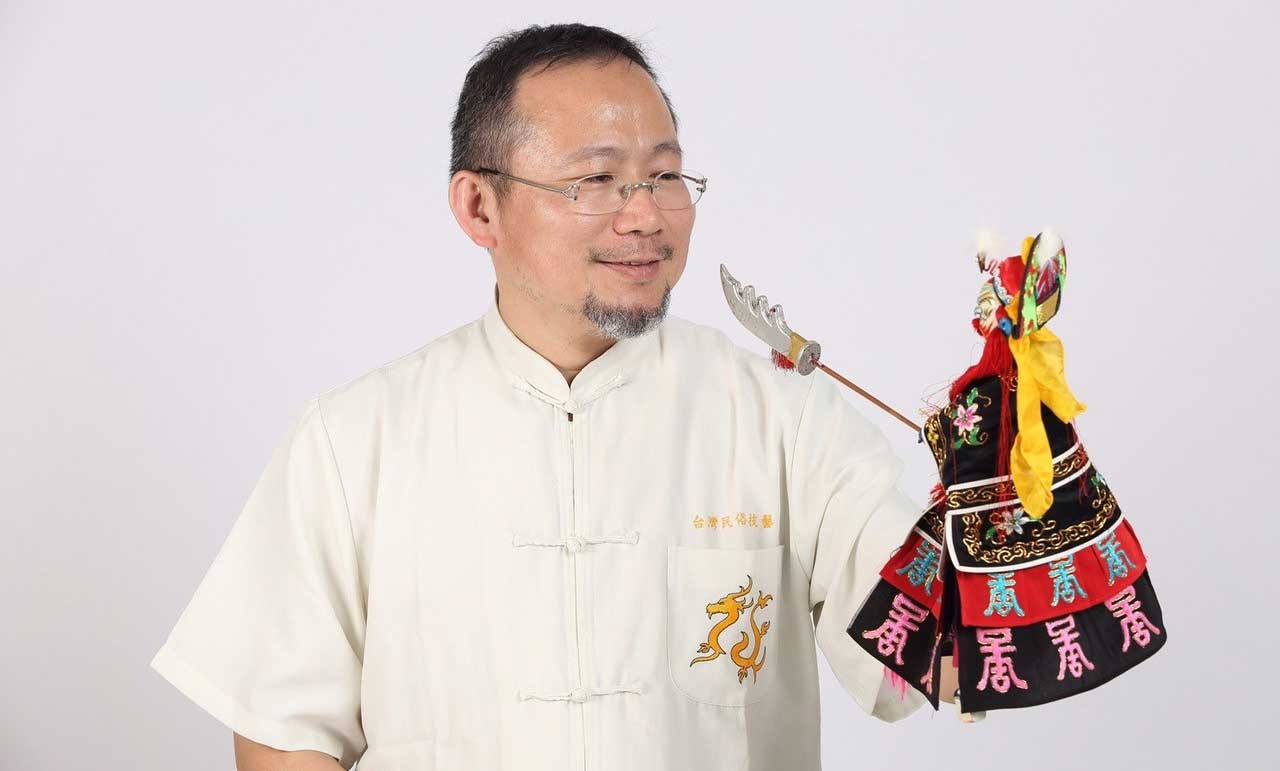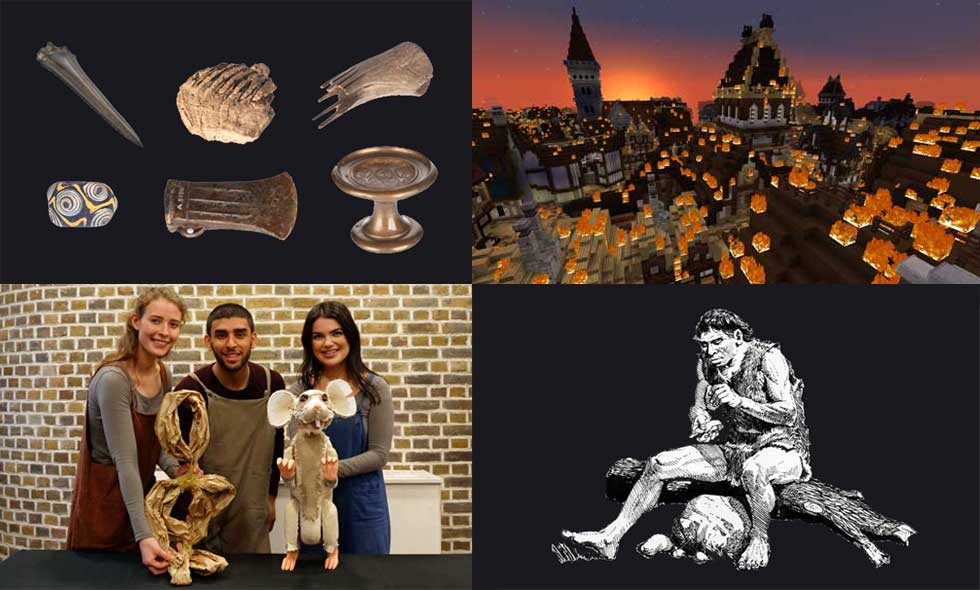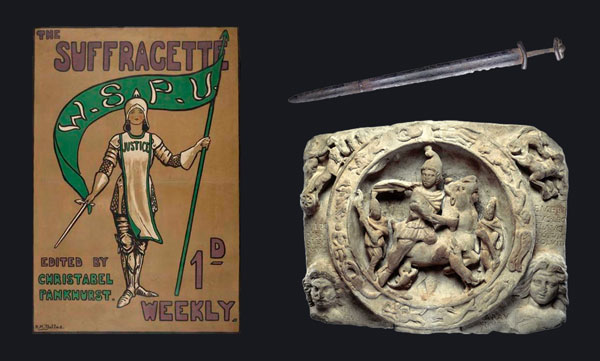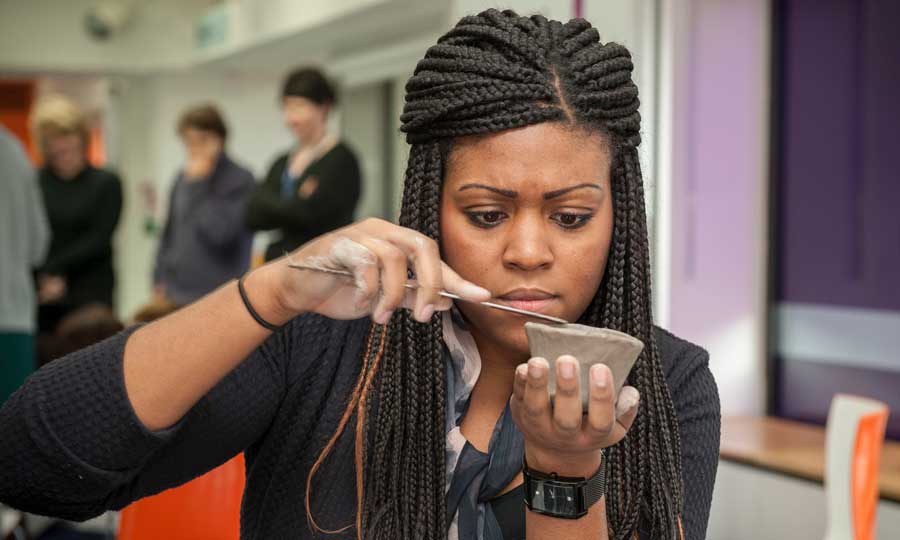Lunar New Year: The Lion Dance
Join Jih-Wen Yeh to watch the magnificent Lion Dance! Find out the meaning behind the dance and hear from the performers inside the costume.
[00:00:06]
Jih-Wen Yeh:
新年好,恭喜發財!Wishing you a happy and prosperous Lunar New Year. The Lunar New Year is celebrated all over the world especially in Chinese-speaking countries. During the Lunar New Year celebration, you will often come across the lion dance as part of the traditional celebration performances.
[Footage of a lion dance performance at Museum of London Docklands]
[Part 1: The tradition]
[00:00:55]
Although, the specific origins have been lost in mists of time, most historians believe lion dancing began in the late Han Dynasty which is more than 1,500 years ago, when lions were brought to Northern China from Central Asia as gifts for the emperor, and representations of the lion began to be incorporated into existing traditions.
[00:01:21]
The lion dance is performed in the lion costume which is very colourful with red and gold with lots of tassels over the body and bells on the mask. [Images of costume.] It is normally operated by one or two dancers, it depends on the form of the lion.
[00:01:40]
In a two-person version, one operates the head and the other performs as the body and tail. They have to work very closely as a team. The lion dance movements come from Chinese martial arts. It is tradition to have a lion because they act as guardians in Chinese culture. It is symbolic of bringing peace and prosperity, good luck and good fortune.
[00:02:12]
The lion dance is widely seen during Lunar New Year celebrations, but, it can also be key part of other events throughout the year, such as business, openings, religious festivals, special celebrations or wedding ceremonies. Depends on where you are, you can see different versions of lion dance and the costumes.
[00:02:41]
It will often be accompanied by the live drum and percussion music which adds the energy and spectacle of the occasion. [Image of a drum next to a dancer's lion head costume.]
[00:02:58]
[Part 2: A dancer’s view]
Hengsheng:
Hello everybody, happy Luna New Year, I’m Hengsheng.
[00:03:09]
[Hengsheng speaks in Chinese. The following text is translated to English on screen]
I learnt the lion dance in China. I practiced every day with my partners in China because you need a daily practice, practice makes perfect!
[00:03:23]
[On screen question - How did you become a lion dancer?]
Hengsheng:
Actually I learnt martial arts first. I have studied martial arts since I was six. It was not until I was fifteen that I began to do the lion dance.
[00:03:42]
[On screen question – Do you do any other types of performances?]
Hengsheng:
We not only have the lion dance, we also have martial arts, kungfu and tai chi. We offer performances on all of these and also weapons.
[00:04:03]
[On screen question – What do you like most about lion dancing?]
Hengsheng:
The thing I like the most about the lion dance is when the audience is very passionate. Then we perform in the same enthusiasm.
[00:04:20]
[On screen question – Do things ever go wrong in a performance?]
Hengsheng:
I haven’t encountered a big problem in my performance experience, as far as I can remember. Yes, if one has to say there is a small problem… Sometimes when you perform the lion dance to a very young audience, if they are very young they would get frightened if you’re too close they can be scared. Some kids would cry so I guess you can say this is a problem.
[00:04:59]
[On screen question – Do you always work with the same partners? How do you choose roles?]
Hengsheng:
We not only have one partner in doing the lion dance, we have different partners which include my disciples. I train them to do the lion dance and when they start to learn the lion dance they would learn how to manipulate the tail that is the rear end of the lion. The tail is relatively easy because it follows the head. And then when they master the tail they would learn how to manipulate the head. When you master both, that is you can play the tail as well as the head, then toy become a real lion dancer.
[00:05:46]
[Footage of a lion dance performance at Museum of London Docklands]
[00:06:12]
[On screen question – How heavy is the lion costume? Is it comfortable?]
Hengsheng:
I like to do the lion dance in the winter because the lion costume is very heavy. The weight of the head and the body adding up together is very heavy. So in winter it is better. In summer it could get very hot inside. When it is hot and you go into the lion’s head you would feel the heaviness of the lion’s body. It’s very uncomfortable and you get very sweaty, like you are in a spa. That is what I don’t quite like about it. And the head is very heavy, it can amount to ten or fifteen kilograms. So the whole costume can be up to twenty kilograms.
[00:07:05]
[On screen question –What makes a great lion dancer? What are the secrets?]
Hengsheng:
Firstly, you need to strengthen your physical body. When your physical condition is kept well you will be able to jump and jump higher. Sometimes you would get a push from your tail partner to jump. So firstly you need to keep up with your physical conditioning. Secondly, you need to collaborate well with your partner. This is also very important because it could be a big issue if the head dancer and the tail dancer don’t collaborate well. If you’re not collaborating well then the audience can feel that the lion is not a whole. One goes forward and the other goes backwards, that’s not a good lion dance. Both of them need to move together. Thirdly, you need to show its spirit. You cannot grab the lion’s head like this [mimes clenching the lion head close to his own] and move forward or backwards like this [mimes slow swaying]. You need to move it lively! [Mimes quick movements side to side] Left, right and move, move! So that the audience can feel the spirit of your lion and feel it has a lot of expressions. Thank you.
[00:08:14]
[With thanks to: Ji-Wen Jeh and Shifu Hengsheng. Footage courtesy of: Step Out Arts and www.motionplaces.com ]
Play and discuss
Wondering what to do next? Use these 5 playful prompts to get you started:
- What does the lion symbolise? Discuss with your family.
- Look at the lion dance costume. How would you describe it? What colours and materials can you see? See if you can draw it.
- Look at the movements of the performers in the film. How do they move? Stand up and move your body like a lion.
- Imagine you are performing a lion dance. If you were dancing with a member of your family, who would be at the front (the head) and who would the back (the body and tail) of the lion?
- What do you think would make a good lion dancer? Discuss with your family.
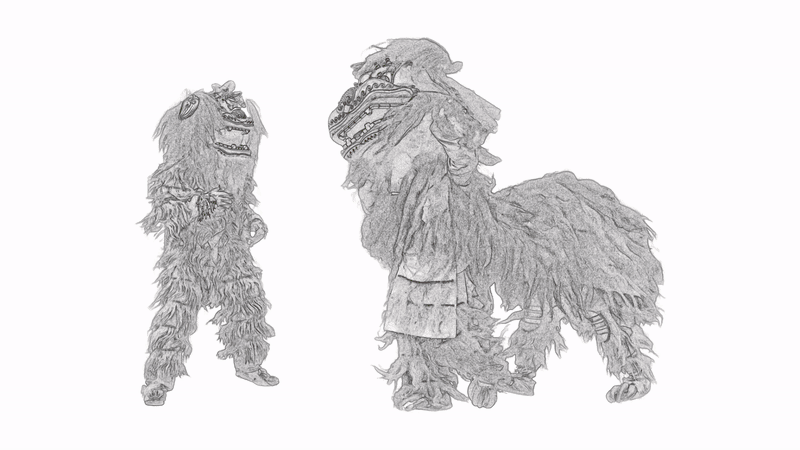
Lunar New Year virtual festival
Check out all the other virtual events and activities we've put on to celebrate Lunar New Year 2021.








